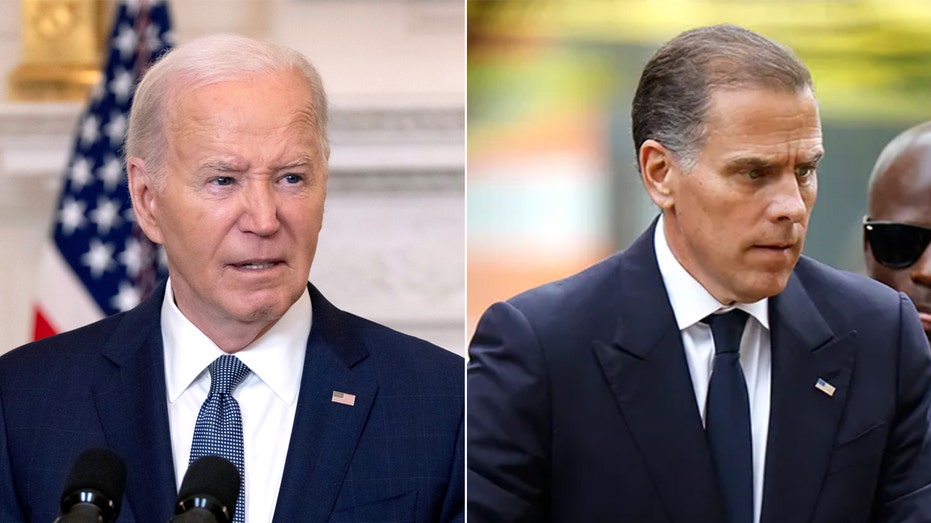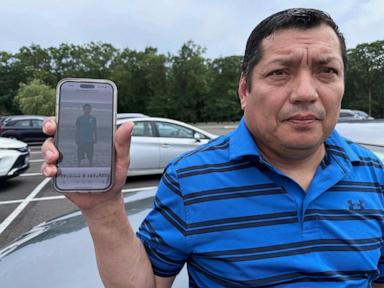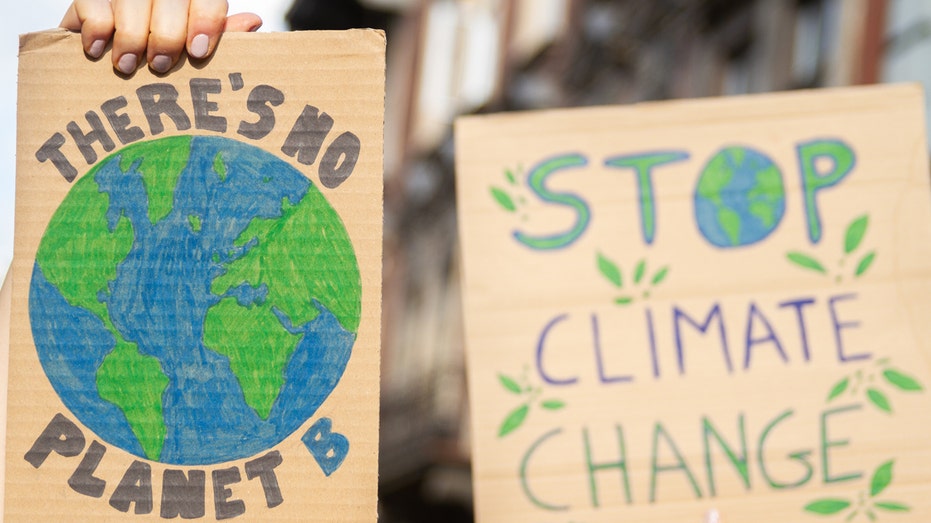Dear Elon,
I read with great interest your X poll asking whether America needs “a new political party that actually represents the 80 percent in the middle?” And after 80 percent of those who responded agreed with you, you declared it “fate” and concluded: “A new political party is needed in America.”
Welcome to the cause of multiparty democracy. I guess?
See, you’re thinking about it all wrong. This idea of an unrepresented 80 percent in the middle of the electorate? If it were that easy, No Labels would have Joe Manchin in the White House by now.
Sorry to say this, but a single third party is just a spoiler, dude. It’ll probably take five or six parties to represent that theoretical 80 percent. And major electoral reform.
But look. I get your outsider’s tendency to start with what looks like an obvious outsider’s solution. It’s just that what’s wrong with American politics is a bit more complicated, including the broken logic of our two-party system and the myth of the moderate middle.
Yes, our party system is a disaster, stuck in a doom loop of escalating partisan warfare. No wonder your X poll found wide support for a new party. So have others. Gallup has pegged support for a third party at around 60 percent for a while now. Others find support closer to 72 percent.
Meanwhile, we’re seeing record-high levels of alienation from the existing parties. We’re up to 38 percent thinking neither party fights for people like them.
But, that 80 percent in the middle figure? Here’s why that’s too high. Sure, at the surface level, lots of voters say they are “moderate” and “independent.” But the Venn diagram of those categories is smaller than you think. And even those who say they are moderate? Most hold many not-moderate policy views. The bottom line is that Independents are not reliably centrists. Disaffected partisans are not centrists. And swing voters are all over the ideological map.
Sure, some support for a middle party exists. But it’s nowhere near enough to displace the other major parties, especially in a system of single-winner elections.
But look, I get it. I hear this persistent myth over and over — that there is some “deactivated middle” out there of independent voters, who would spring to life if only they had somebody to vote for. It’s the myth that launched a thousand doomed nonpartisan quests for a hidden secret knob that will make everything okay and reasonable again.
Alas, there is no secret knob. Changing our party system is hard work.
The real problem is how we hold elections in the country. The United States uses single-winner districts for elections. With only one winner, votes for minor parties are wasted. So all the energy, money and attention goes to the two major parties that can win. Third parties become spoilers and mostly refuges for cranks and weirdos. Political scientists call this Duverger’s Law.
You may remember the panic around No Labels early in 2024. The organization was seriously exploring running a third-party centrist candidate, such as Joe Manchin, for president against Joe Biden and Donald Trump. Despite raising about $25 million, No Labels could not convince a single plausible candidate to run. No plausible candidate wanted to risk being a spoiler. RFK Jr., as you will remember, might have captured that spoiler energy. But he realized he had no shot of winning. So he joined Trump, like you did.
As long as we have our current system of single-winner plurality elections, third parties have no meaningful chance to do anything more than show up as occasional spoilers.
To actually build a sustainable and healthy multiparty system in the United States means investing in the two electoral reforms with the most pay-off: fusion voting and proportional representation. Taken together, these reforms would make room for new parties, like your America Party, to emerge.
Fusion voting was once universal throughout the U.S. and still features prominently in several states: more than one political party nominates the same candidate on the ballot, allowing voters to support their preferred candidate without having to support one of the two major parties. Typically, this means a minor party and major party “fuse” together to cross-nominate and support the same candidate. A ballot line means real power for a minor party. That’s because under fusion voting, votes get counted separately for each party and then aggregated for the total, so winning candidates know where their votes came from. A minor party whose votes make the difference between winning and losing gains tremendous influence.
Proportional representation is an electoral system that elects multiple representatives in each district in proportion to the number of people who vote for them. If one-third of voters back a political party, the party’s candidates win roughly one-third of the district’s seats, and the districts are made larger so they have more than one representative. Today, proportional representation is the most common electoral system among the world’s democracies.
(And in case you’re wondering about ranked-choice voting? I once thought that it had real potential. But the more evidence I’ve seen, the less potential impact I see. So I changed my mind about it.)
Re-legalizing fusion voting in states that have abandoned it and enacting proportional representation are long-term projects, Elon. That’s not really your schtick. But you are an engineer, so you will at least appreciate that we have a party system problem. And a party system problem requires a party system solution. Again: There’s no secret knob.
Maybe you are serious about this third party thing. Maybe what you really want is not to become a majority party but just to disrupt the current duopoly. That’s something you could actually do. What it would take is creating a party authentic to your brand, with an actual constituency, unlike the mythical middle. For instance, you could organize the techno-libertarian futurist angry young men who worship you. Instead of the America Party, call it the Colonize Mars Party, and siphon off votes from Republicans in swing districts. Realistically, such a party might get 5 percent. Targeted strategically, you could do some serious Brazilian jiu-jitsu on the president who dissed you. You could give Democrats back some power and expose the vulnerability of our two-party system to a billionaire like yourself with an axe to grind.
But then what?
Here’s what I worry about: Our parties are already so weak and hollow. Oligarchs like you have too much power. And if our two major parties collapse even further, maybe we just wind up with a totally chaotic system where parties come and go as a free-for-all of billionaire vanity projects. That way lies authoritarianism. Weak parties make for a weak democracy.
So here’s my hope: Maybe you do just enough damage to the party system to make it clear that we need actual reform to prevent total collapse. The history of reform is, after all, also the history of crisis. As I noted in a recent post, “My readings into complex systems (and history) point to an unfortunate pattern: Sometimes collapse is necessary for renewal.”
Maybe we are at that moment. Maybe you are the pyromaniac who will burn some of the dry tinder necessary for new growth just to see it burn. Let’s hope it’s a controlled burn.
Or maybe everything is already on fire. In which case… who knows?
I’ll be honest, Elon. You’re not the hero we’d want. But you might just be the hero we need. I’m not counting on it. But stranger things have happened.
This article was adapted from a post on the Undercurrent Events substack.
.png)















 English (US)
English (US)